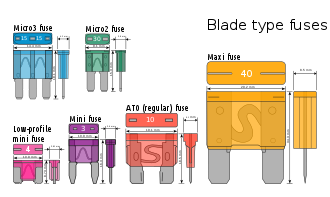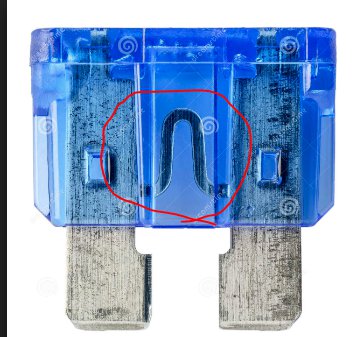When it comes to automotive fuses, many drivers wonder: are all car fuses the same? The answer is no. Car fuses come in various types, sizes, and ratings to suit different vehicles and electrical systems. In this article, we will discuss the common types of fuses, their functions, and how to identify and replace them.
Types of Car Fuses
- Blade Fuses: These are the most common type of automotive fuses, used in cars, trucks, and motorcycles. They come in three sizes: standard, mini, and micro.
- Glass Tube Fuses: These cylindrical fuses are found in older vehicles and some electronics. They consist of a glass tube with metal caps on both ends.
- Bosch Fuses: Predominantly found in European cars, Bosch fuses have a round, ceramic body with metal end caps.
- PAL Fuses: Common in Japanese vehicles, PAL fuses are larger and come in two types: female and male.
- JCASE Fuses: These cartridge-style fuses are used in high-current applications and are found in many modern vehicles.

Understanding Fuse Ratings
Car fuses are rated in amperes (A), which represent the maximum current they can carry before melting. It is crucial to replace a blown fuse with the same amperage rating to avoid damaging the vehicle’s electrical system. Common ratings include 5A, 10A, 15A, 20A, and 30A.
Locating Your Car’s Fuse Box
The fuse box in most vehicles is located under the dashboard, near the steering column, or in the engine compartment. Consult your owner’s manual for the exact location and fuse diagram.
How to Identify a Blown Fuse
A blown fuse will typically have a broken metal strip or a dark, discoloured glass tube. Use a fuse puller or needle-nose pliers to remove the suspect fuse and inspect it closely.
Blown Fuse Below


Replacing a Blown Fuse
To replace a blown fuse, follow these steps:
- Turn off the vehicle and disconnect the battery.
- Locate the fuse box and identify the blown fuse.
- Remove the blown fuse using a fuse puller or needle-nose pliers.
- Check the amperage rating on the blown fuse.
- Obtain a replacement fuse with the same rating.
- Insert the new fuse into the appropriate slot.
- Reconnect the battery and test the electrical component.
Preventing Fuse-Related Issues
Proper maintenance and awareness of your vehicle’s electrical system can help prevent fuse-related issues. Here are some tips:
- Regularly check your fuses and replace any that appear worn or damaged.
- Avoid using electrical accessories that exceed your vehicle’s recommended amperage.
- Keep a spare set of fuses in your vehicle for emergencies.
- Consult a professional if you experience frequent fuse failures.
Wrapping Up
Not all car fuses are the same. They vary in type, size, and rating to accommodate different vehicles and electrical systems. It is essential to understand the differences, know how to identify and replace blown fuses, and take steps to prevent fuse-related issues. By following the guidelines outlined in this article, you can help ensure the proper functioning of your vehicle’s electrical system and avoid costly repairs.



